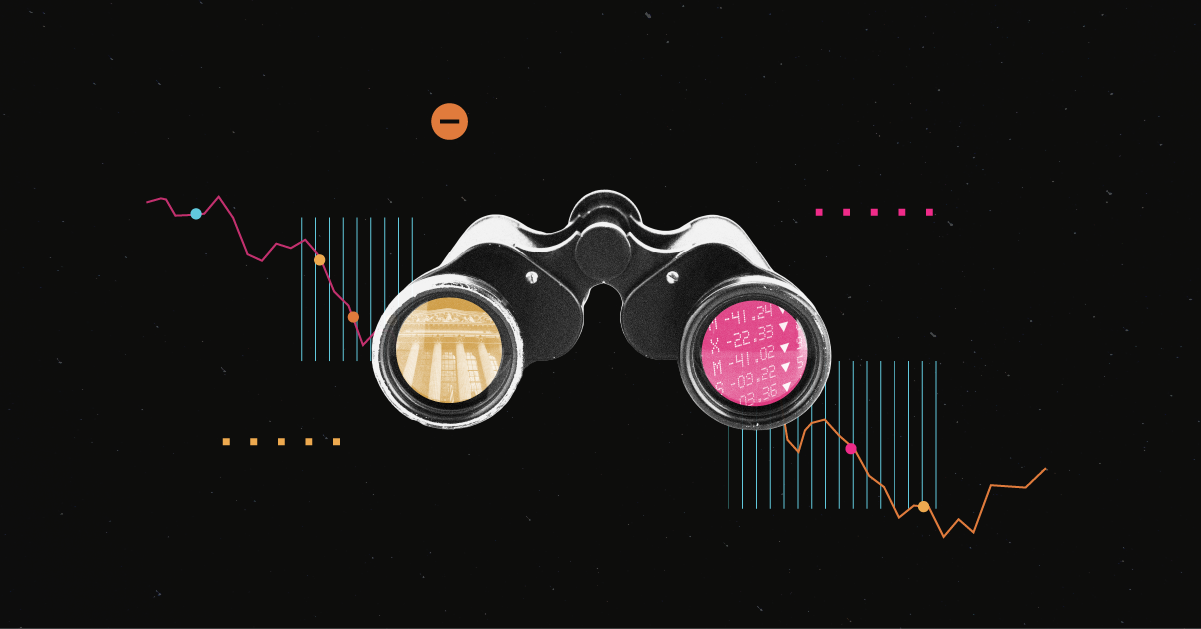
Despite the setback in international markets—global equities fell by 2.2% in October (in US dollars), while global government-bond returns declined by 1.2% (US dollars, hedged)—investors continued to show positive sentiment, arguably driven by the decisions of the US Federal Reserve and the European Central Bank to cut interest rates. Investors also poured EUR 62.6 billion into long-term Europe-domiciled funds in October, the best monthly result in terms of flows of the year.
Active Equity Funds Attracted Money Again
In the shadow of the looming US presidential election, stock and bond volatility picked up in October. However, equity funds were able to take in EUR 25.4 billion of net inflows in the month. After four months of net outflows, active equity strategies returned to positive territory, with EUR 3.4 billion of new subscriptions. Active equity funds only had two positive months in terms of flows since March 2023.
In October, the ECB cut the key deposit facility rate by 0.25 percentage points to 3.25%, the second cut in a row after September’s move. Meanwhile, in the UK, the new Labour Party’s first budget took place at the end of the month. The budget increased state spending by almost GBP 70 billion per year—a little over 2% of gross domestic product—funded by increased taxes and borrowing. Following the announcement, the yield on a 10-year gilt hit 4.568%, the highest point since August 2023, while the pound also weakened against the dollar.
In this context, bond funds had EUR 41.8 billion of net inflows in October, the best monthly result since July 2019.
Index Funds Gain Market Share
Long-term index funds posted inflows of EUR 29.2 billion in October versus the EUR 33.1 billion cashed in by actively managed funds. (The table below only includes the main broad category groups.)
The market share of long-term index funds rose to 29.19% as of October 2024 from 25.89% in October 2023. When including money market funds, which are the domain of active managers, the market share of index funds stood at 25.29%, up from 22.38% 12 months earlier.
Purest ESG Strategies Keep Seeing Outflows
Funds falling within the scope of Article 8 of the Sustainable Finance Disclosure Regulation had net inflows of EUR 16.7 billion in October, the sixth consecutive positive month in terms of flows. Global large-cap blend equity and EUR government-bond funds were the main drivers. At the same time, funds falling under Article 9 (“dark green” strategies) shed EUR 3.0 billion, marking their 13th consecutive month of net outflows and the worst monthly result on record.
From an organic growth perspective, Article 8 funds showed a 2.12% organic growth rate year to date. On the other hand, products in the Article 9 group saw a negative 5.39% organic growth rate over the same period. Between January and October, funds not considered to be Article 8 or Article 9 according to the SFDR had average organic growth rates ranging from 1.59% to 6.10%.
Winners And Losers Among Asset Managers
Below are the ten fund houses that raised the most and the least in Europe in October 2024, with detail between passive and active management (money market funds excluded).
The author or authors do not own shares in any securities mentioned in this article. Find out about Morningstar's editorial policies.
























